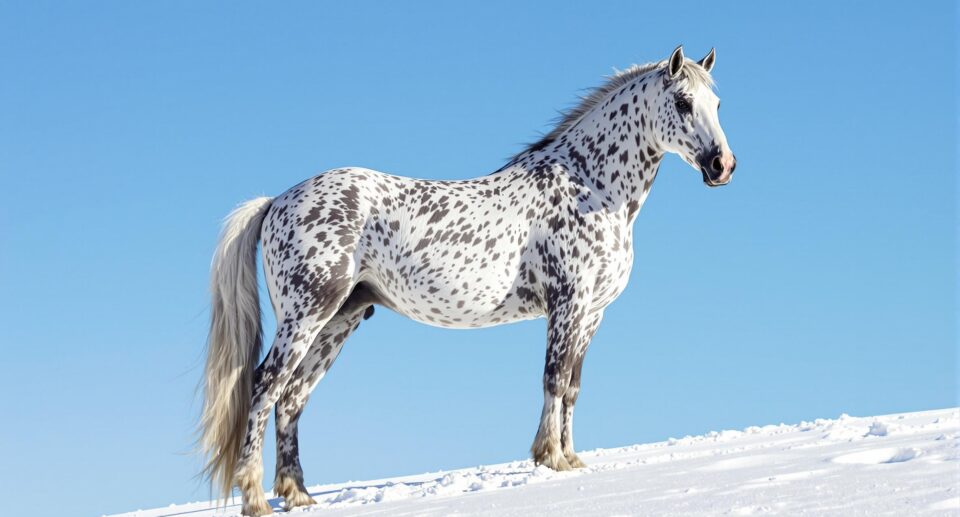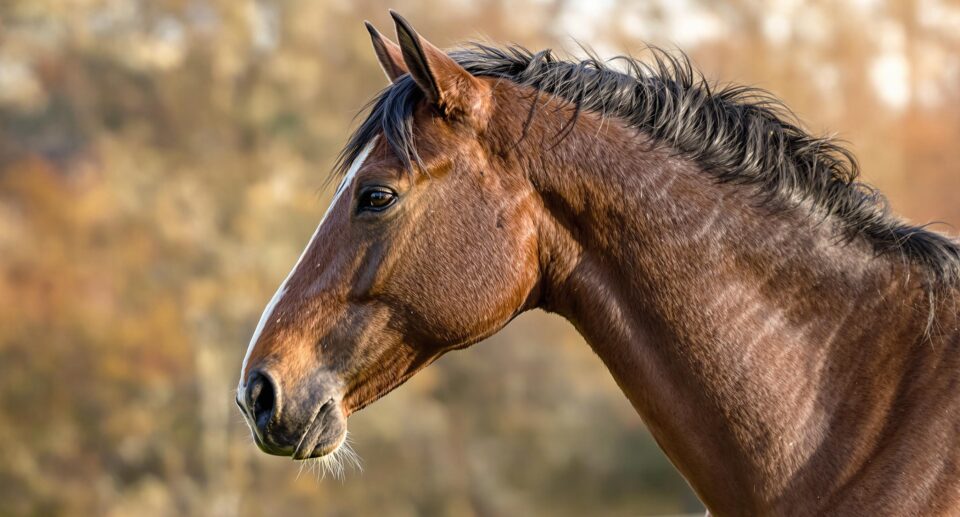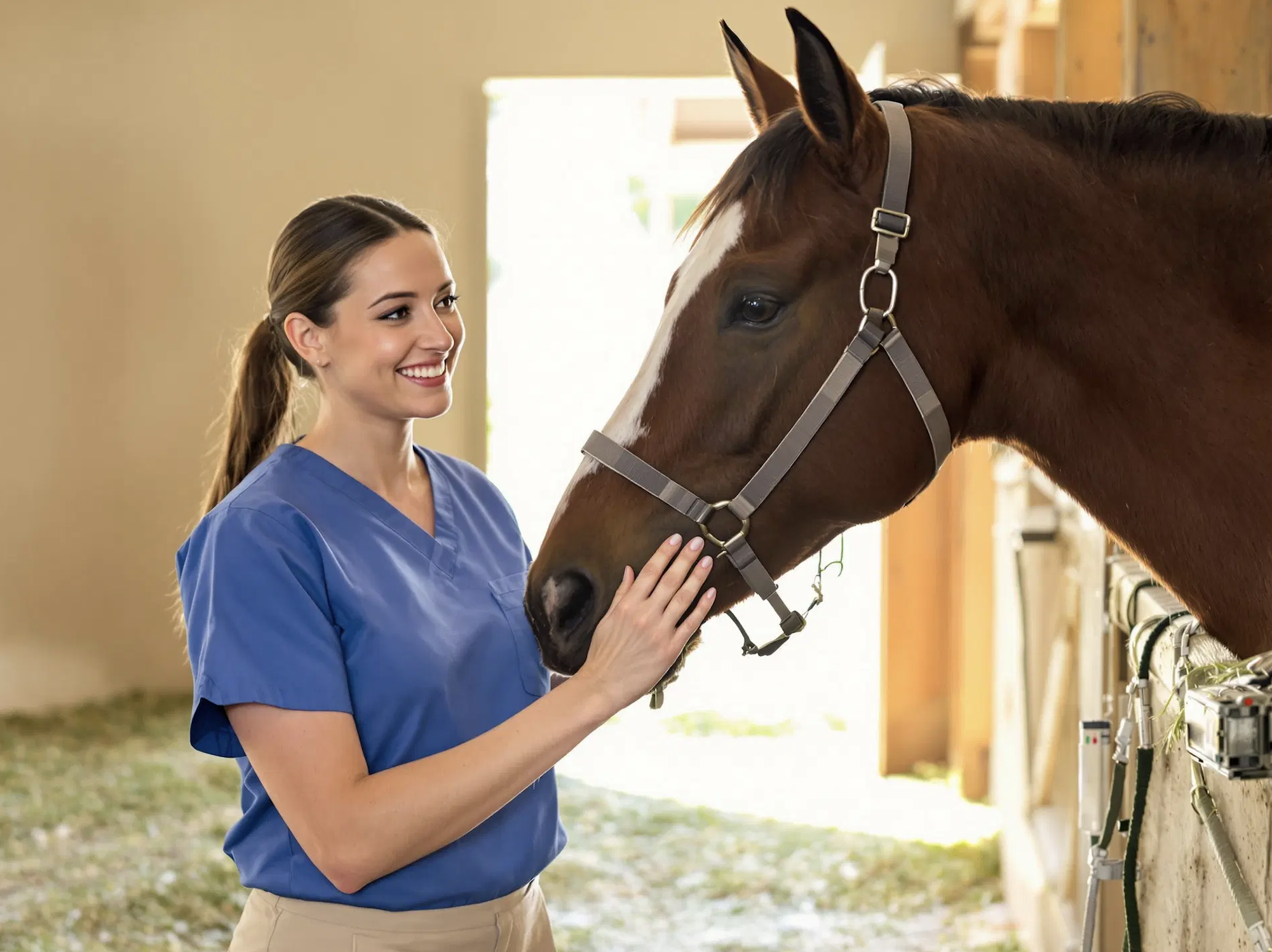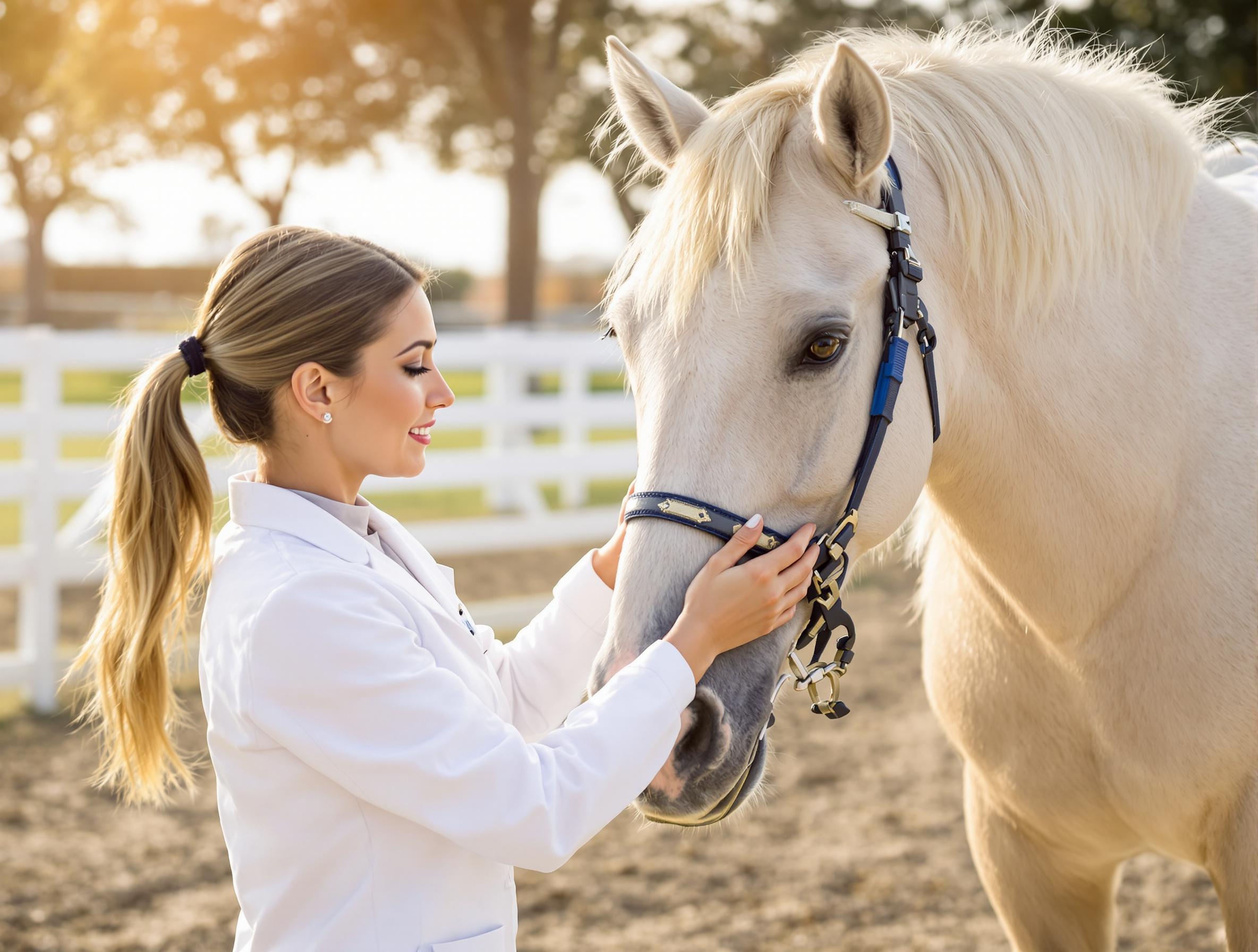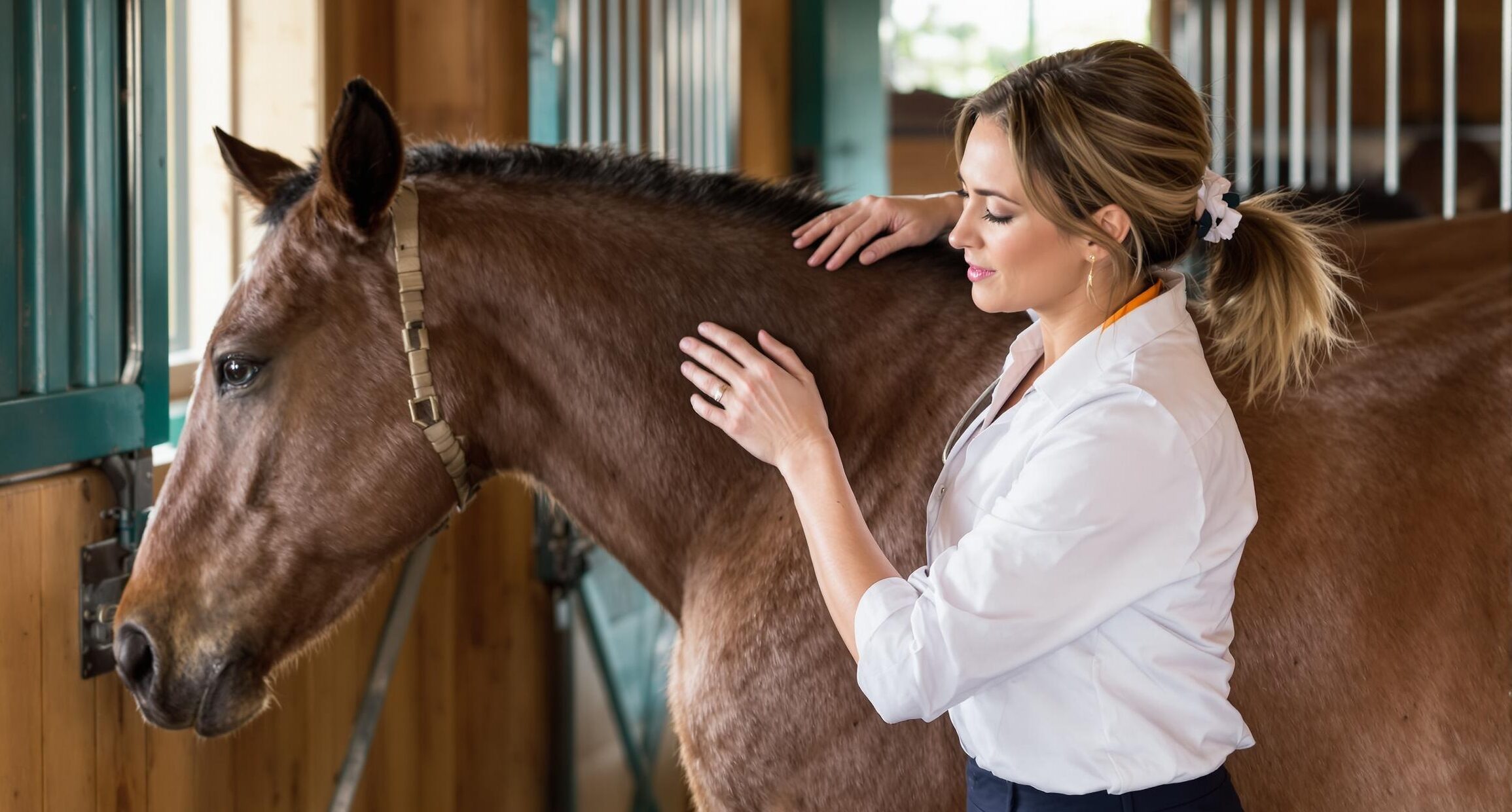What are Wolf Teeth in Horses?
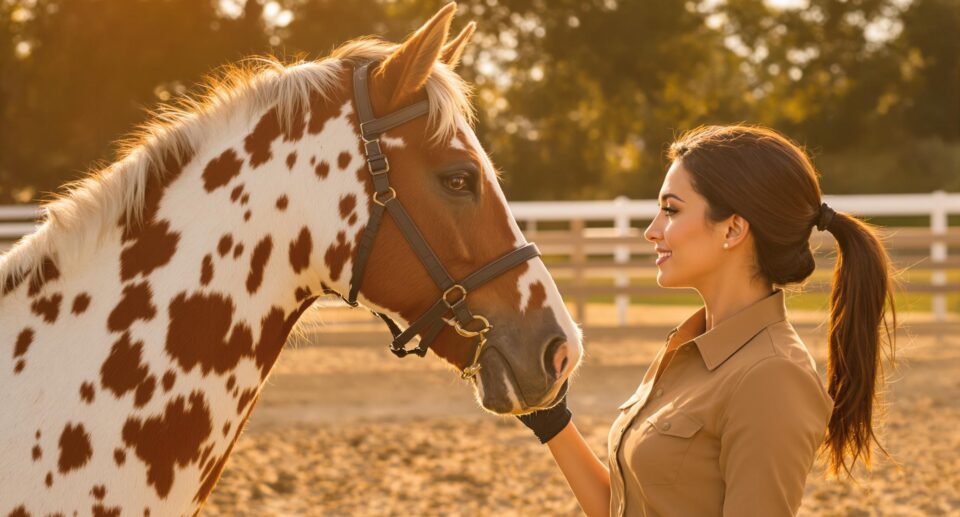
If your horse has wolf teeth, your veterinarian may recommend having them removed. Just like wisdom teeth in humans, wolf teeth were once useful to your horse’s ancestors. Millions of years later, they’re no longer needed and should be extracted early in life before they can cause painful dental issues in horses.
What are Wolf Teeth in Horses?
The eohippus, also known as the “dawn horse,” is a now-extinct species of primitive horse that lived about 50 millions years ago in the jungles of Europe and North America. They used their smaller, sharper teeth to break down twigs and branches.
As our modern horses evolved, their teeth became larger and flatter, better suited for grazing. While wolf teeth once helped your horse’s ancestors gnaw on tough underbrush, they’re not useful for grinding soft forage.
Wolf teeth now only appear in about 70% of horses. They’re the first premolars, situated in front of the rest of the cheek teeth. They usually erupt on the upper jaw, but they can also appear in the lower jaw. Some horses will have just one wolf tooth, some have them on both sides, and a rare few have them on both the upper and lower jaw on both sides.
Unlike the rest of your horse’s teeth, wolf teeth do not grow continuously, and they do not get replaced when a young horse’s adult teeth come in. They tend to erupt at around five to six months of age, and then they stop growing.
Why Do We Remove Wolf Teeth in Horses?
In wild horses, wolf teeth are useless, but they cause no harm. In ridden horses, though, they can get in the way of bit placement. Since they’re pointed, it’s often painful when a horse’s cheek gets caught between the bit and the tooth.
If a horse is expected to ever be ridden with a bit, veterinarians usually recommend removing their wolf teeth as early as possible. The tooth can have a large or a shallow root. They can be difficult to remove later in life because the root sometimes fuses to the jaw bone.
Sometimes the wolf tooth will grow but not erupt through the gums. This is known as a “blind wolf tooth,” and it may cause even more problems than an erupted tooth. When the horse wears a bit, it can scrape up against the gum tissue that overlays the sharp tip.
Does My Horse Need To Have Their Wolf Teeth Removed?
Wolf teeth are very small. If your horse allows, you may gently pull back the corners of their mouth to look for them. Your veterinarian will need to take a closer look, though, especially if there may be blind wolf teeth.
Only veterinarians should remove wolf teeth. In the past, the teeth were removed at the crown with a hammer and chisel – and no anesthetic or sedatives – often leaving the root behind to become infected or abscessed. All horses should be vaccinated for tetanus before the procedure, as extraction sites are prone to bacteria. You will need a vet to put your horse under anesthesia and extract the entire tooth, including the root.
Most horses recover quickly once their wolf teeth are removed. Often, behavioral issues like refusal to accept a bit improve after the procedure, as the horse is finally no longer in pain.

